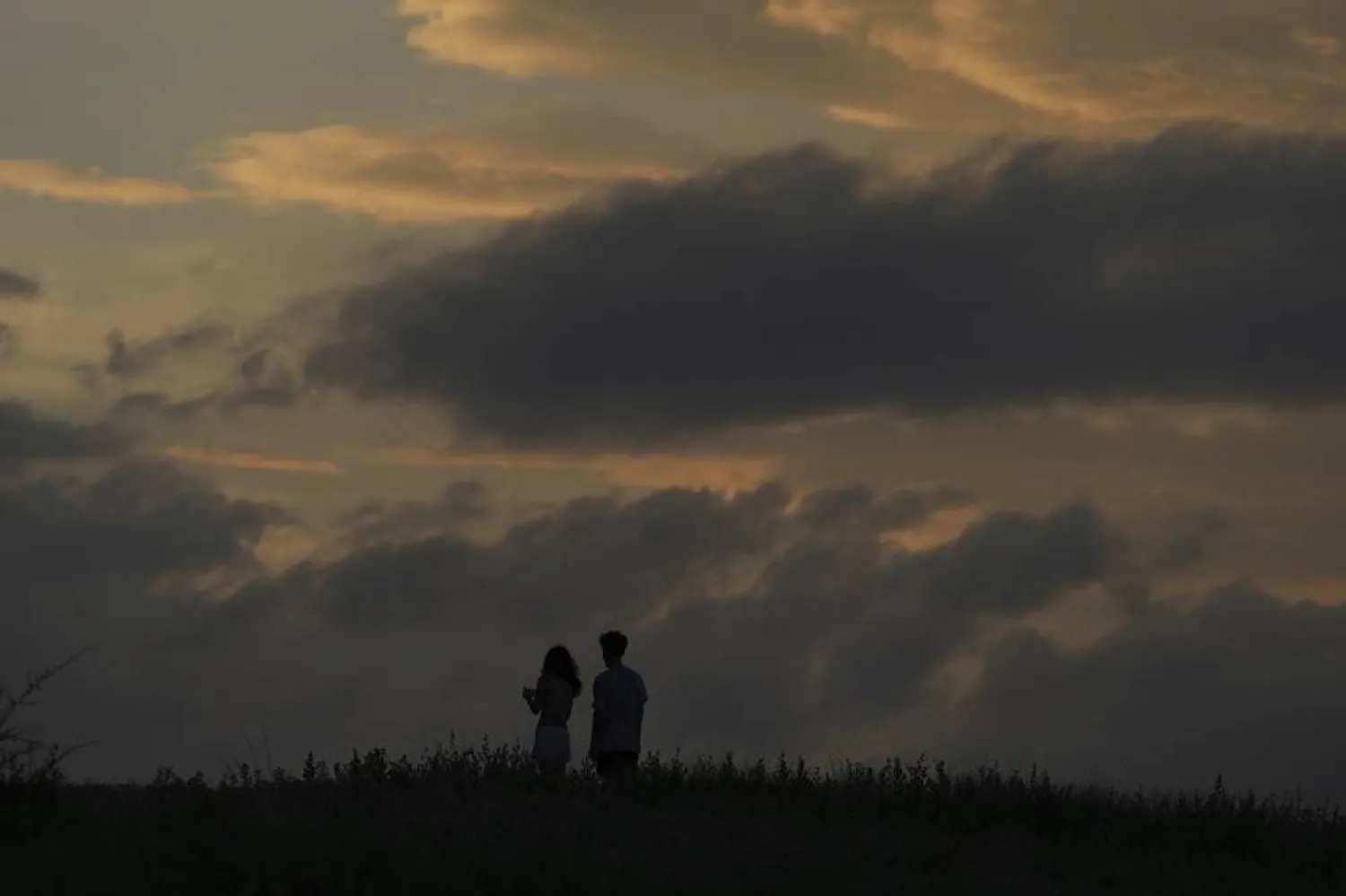Japan issued its first-ever advisory on higher-than-usual risks of a megaquake, after a strong magnitude 7.1 quake occurred on Thursday at the edge of a tremulous seabed zone along the Pacific coast known as the Nankai Trough.
A possible Nankai Trough megaquake and tsunami disaster could kill hundreds of thousands of people and cause a trillion-dollar damage to Japan.
Here's a look at the risks of what could be the biggest natural disaster in Japan's modern history.
WHAT IS THE NEW RISK OF A MEGAQUAKE?
Japan's Nankai Trough quake advisory panel said the chance of a bigger earthquake striking after a magnitude 7 tremor was once in a few hundred cases, relatively higher than regular times. Earthquakes with a magnitude larger than 8 are considered megaquakes.
Japan estimates the next Nankai Trough megaquake could be as powerful as magnitude 9.1.
University of Tokyo professor Naoshi Hirata, who chairs the panel, said in a press conference that residents in areas that would be hit by such a disaster should review evacuation procedures and stay vigilant for a week.
Japan is one of the world's most earthquake-prone nations sitting on the Pacific "Ring of Fire" arc of volcanoes and oceanic trenches. In 2011, more than 15,000 people were killed in a magnitude 9.0 quake in northeast Japan that triggered a tsunami and triple reactor meltdowns at a nuclear power plant.
WHAT IS NANKAI TROUGH AND WHY IS IT SIGNIFICANT FOR QUAKES?
The Nankai Trough is off its southwest Pacific coast and runs for approximately 900 km (600 miles), where the Philippine Sea Plate is subducting under the Eurasian Plate and the accumulating tectonic strains could result in a megaquake roughly once in 100 to 150 years.
The Japanese government had previously predicted a 70-80% chance of a magnitude 8 to 9 earthquake happening along the Trough in the next 30 years.
The magnitude of an earthquake is related to the length of the fault on which it occurs, according to the United States Geological Survey. The largest earthquake ever recorded was a magnitude 9.5 on May 22, 1960 in Chile on a fault that is almost 1,000 miles long.
THE POTENTIAL DAMAGE FROM NANKAI TROUGH QUAKE AND TSUNAMI
A megaquake could result in maximum measurable tremors to areas from central Shizuoka - about 150 km (93 miles) south of capital Tokyo - to southwestern Miyazaki.
Tsunami of up to 30 meters (98 feet) may reach Japan's Pacific coasts within minutes after the quake, depending on the epicenter and tidal situation.
Coupled with landslides and fire, the disaster would be expected to claim the lives of as many as 323,000 people and destroy 2.38 million buildings, forcing nearly 10 million survivors to evacuate.
Economic damage could total up to 220 trillion yen ($1.50 trillion), or more than a third of Japan's annual gross domestic product, with long-lasting impacts on infrastructure and supply chains for coastal industrial powerhouses producing cars and other key Japanese products.
PREVIOUS NANKAI TROUGH RELATED QUAKES
Nankai Trough earthquakes have been marked on Japan's historic records multiple times since 684, often with accounts of tsunamis striking coastal villages.
The most recent Nankai Trough quake happened in 1946 with magnitude 8.0 tremor and 6.9 meter tsunami, killing 1,330 people.







